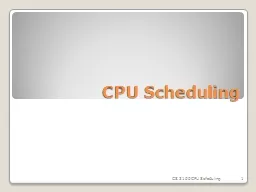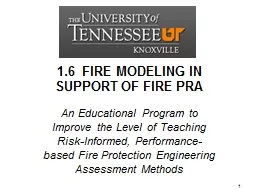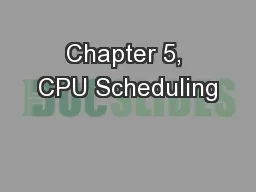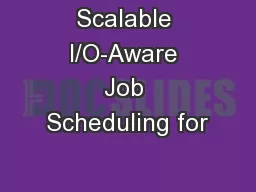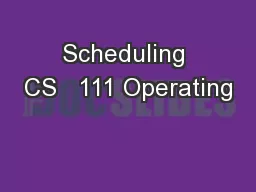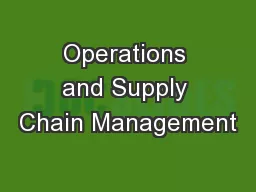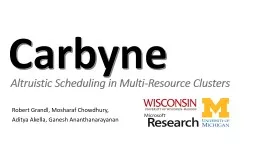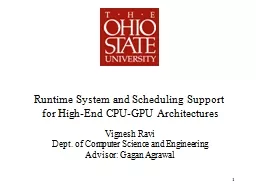PPT-Blue Waters Resource Management and Job Scheduling Best Pra
Author : jane-oiler | Published Date : 2017-10-23
Brett Bode Sharif Islam and Jeremy Enos National Center for Supercomputing Applications University of Illinois Blue Waters Computing System HPC Systems Professionals
Presentation Embed Code
Download Presentation
Download Presentation The PPT/PDF document "Blue Waters Resource Management and Job ..." is the property of its rightful owner. Permission is granted to download and print the materials on this website for personal, non-commercial use only, and to display it on your personal computer provided you do not modify the materials and that you retain all copyright notices contained in the materials. By downloading content from our website, you accept the terms of this agreement.
Blue Waters Resource Management and Job Scheduling Best Pra: Transcript
Download Rules Of Document
"Blue Waters Resource Management and Job Scheduling Best Pra"The content belongs to its owner. You may download and print it for personal use, without modification, and keep all copyright notices. By downloading, you agree to these terms.
Related Documents


